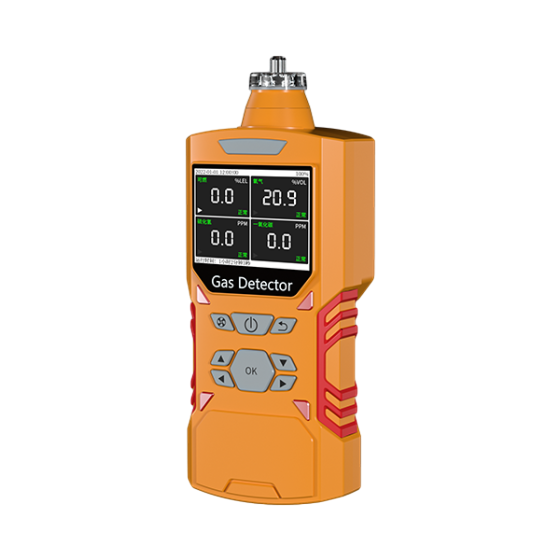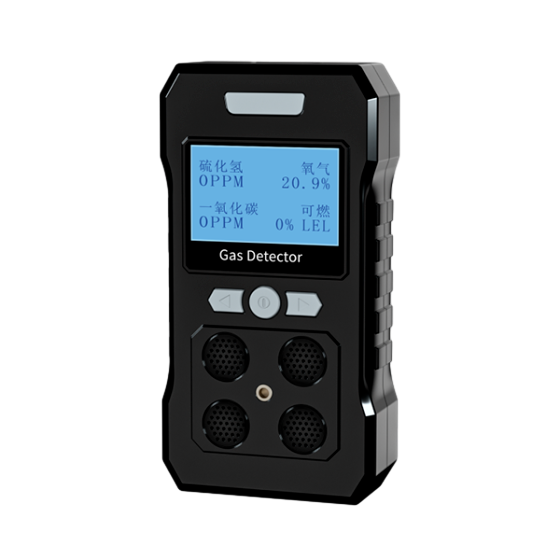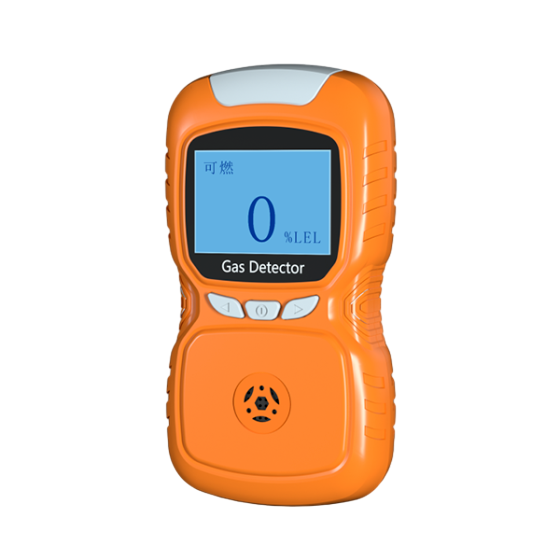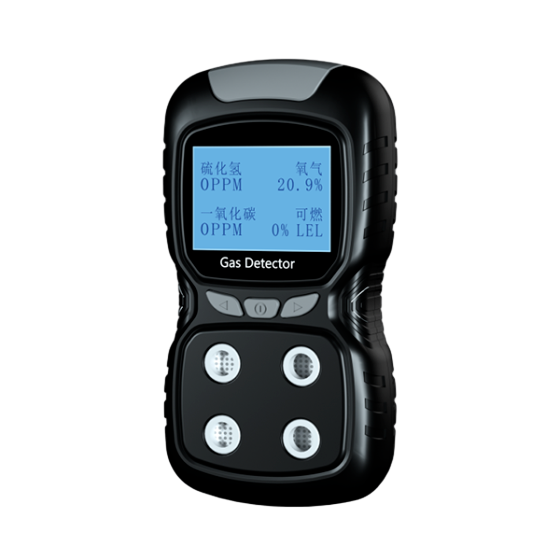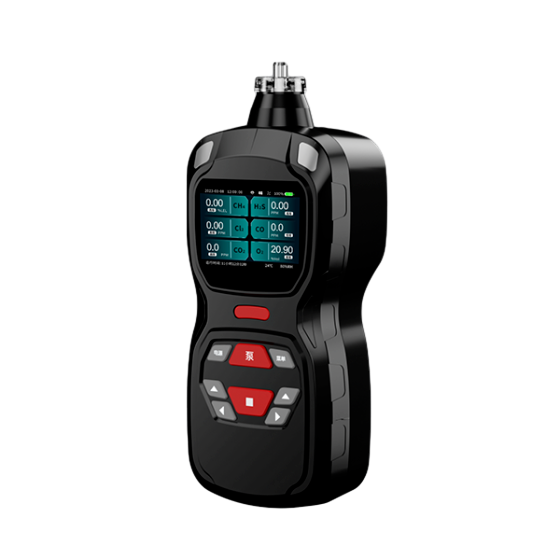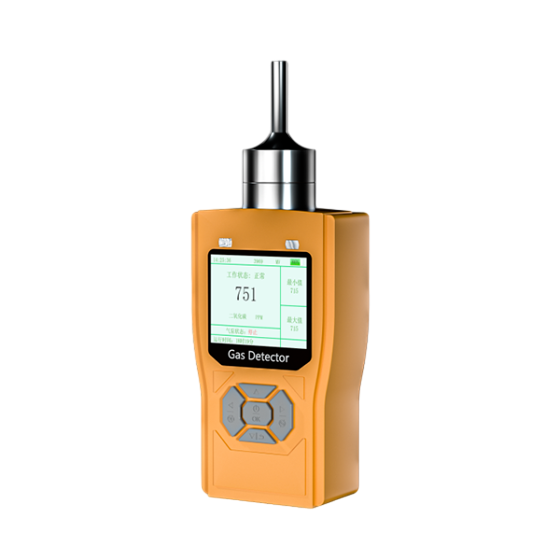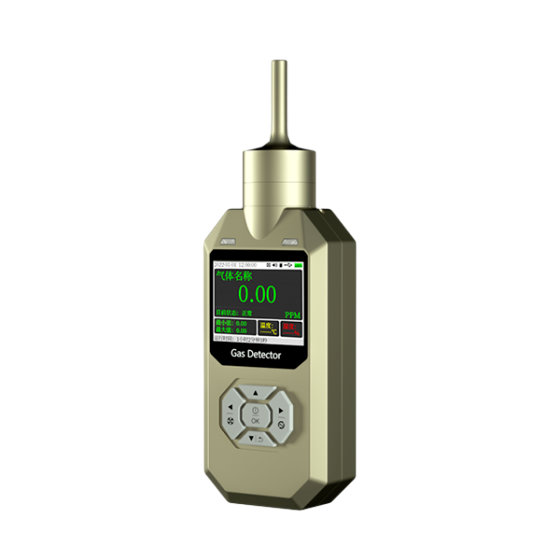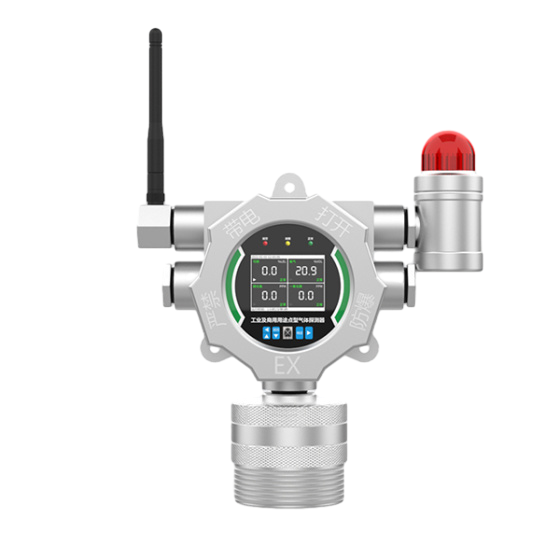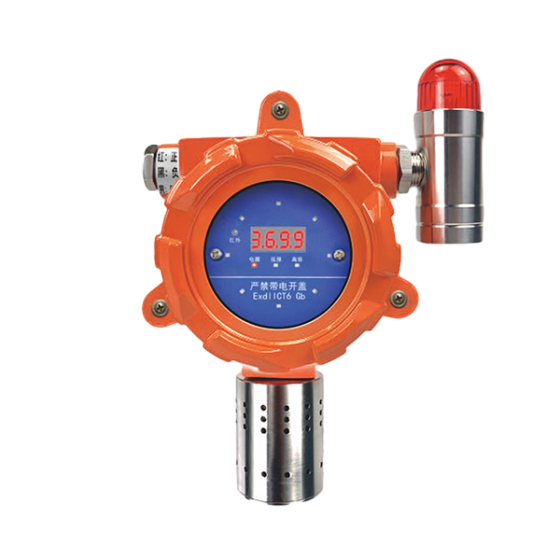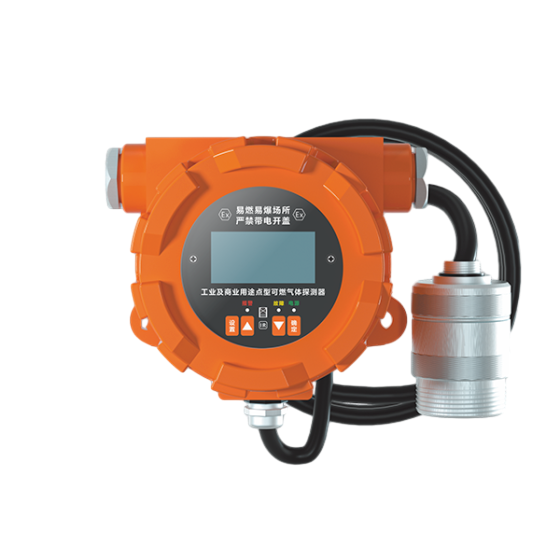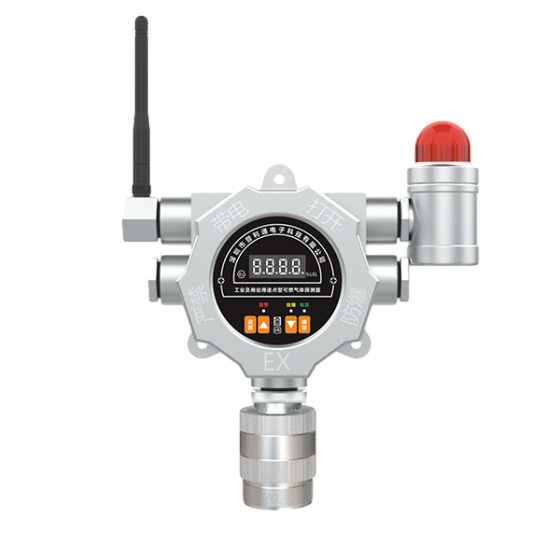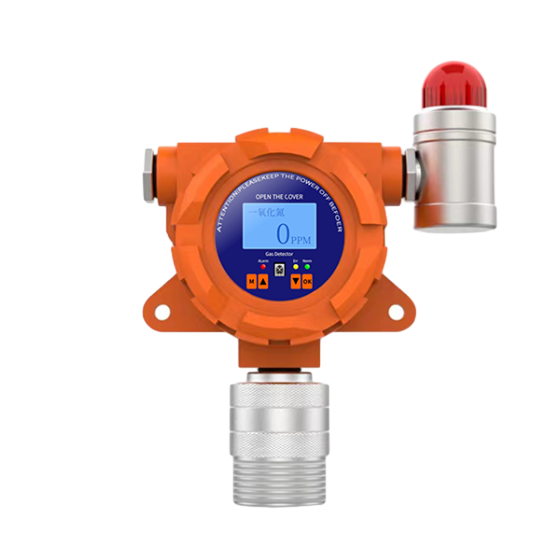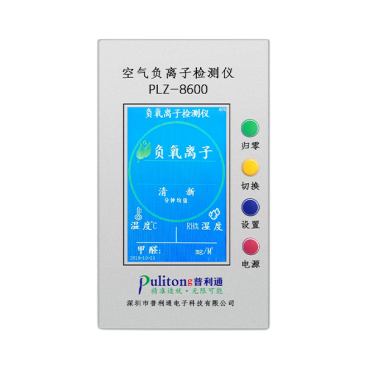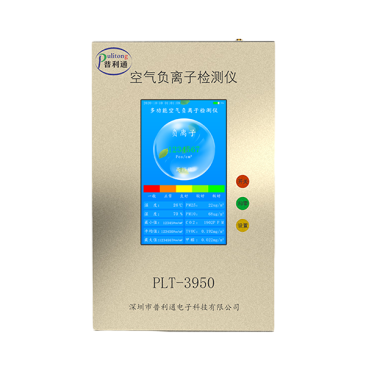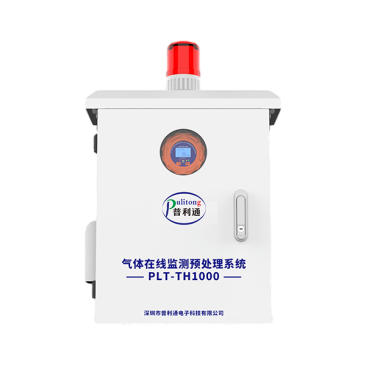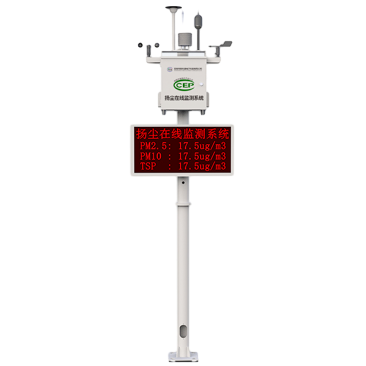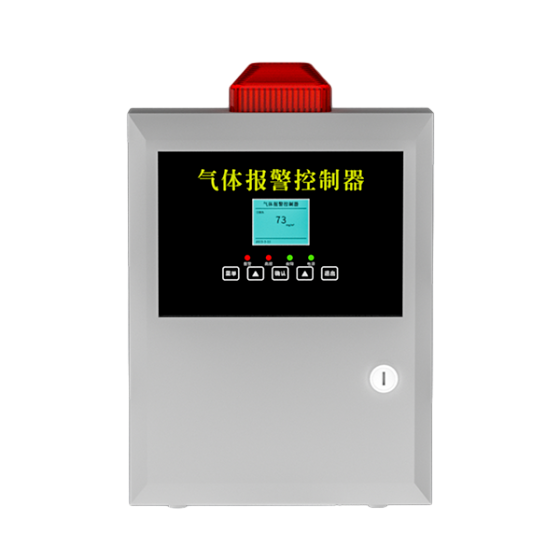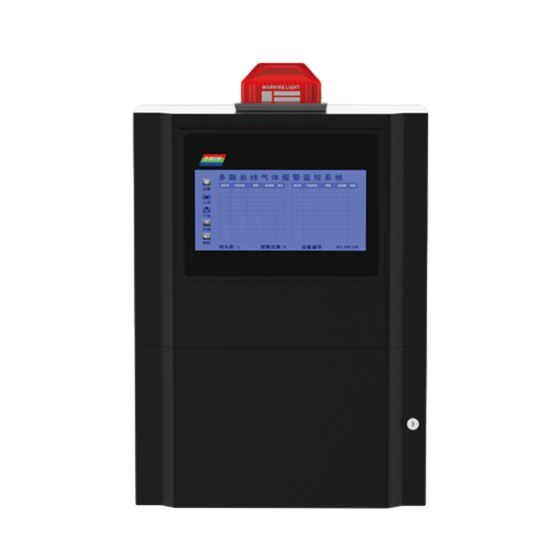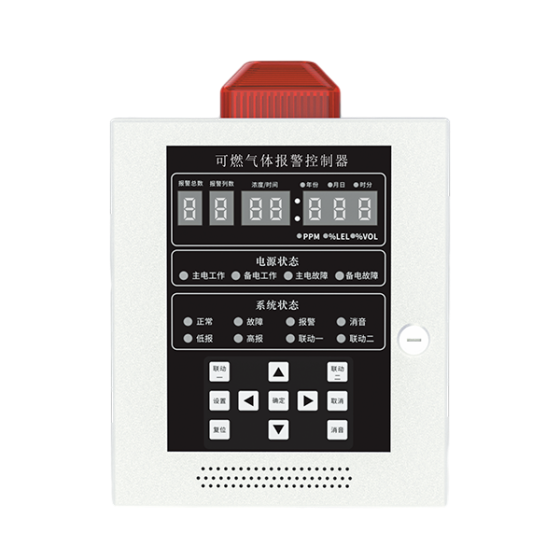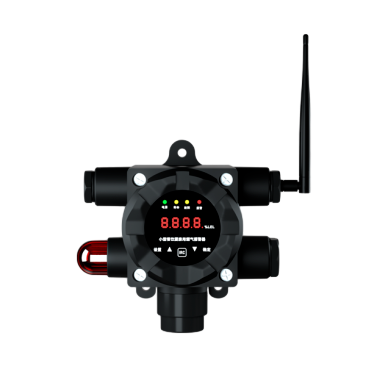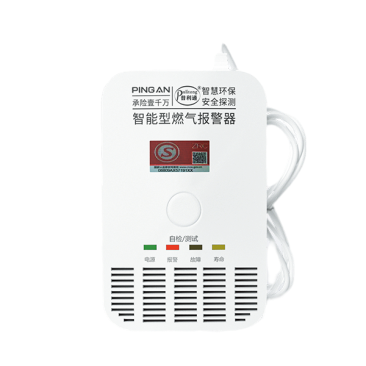Toxic and Hazardous Gas Hazards in the Petroleum Industry
2020-03-06
Petroleum contains carbon, sulfur, nitrogen and other elements, and in the process of extraction and production, after combining with hydrogen, oxygen and other elements in the air, it can form a variety of toxic and harmful gases, which can affect the health of the site construction workers, and even threaten the safety of life. We have prepared this manual for the characteristics of toxic and hazardous gases in oil drilling, crude oil extraction and transmission, downhole operation, oil and gas zone construction, etc., mainly to popularise the relevant knowledge, enhance the ability of self-prevention, and seriously put the safety measures into practice to prevent accidents from occurring.
Because of the knowledge involved in the professionalism, coupled with the limited level of the editor, errors are inevitable, I urge the leadership and comrades to put forward valuable advice, in order to further modify and improve.
Petroleum, also known as crude oil, is a mixture of several liquid hydrocarbons. The main components are carbon, hydrogen, nitrogen, sulfur, oxygen, and traces of phosphorus, iron, magnesium and other elements. Oil extraction is a complex process that requires a series of work such as exploration, development, drilling, oil extraction, and in the process of oil extraction, well logging, oil testing, fracturing, well repair and other ancillary services. The work cycle is long, difficult and dangerous. At the same time, in the process of oil extraction, oil vapour and air mixing, in addition to a strong fire hazard, but also generate some toxicity to the human body gas � disappeared, is a general contact reaction.
Mildly poisoned persons may experience severe headache, dizziness, heartbeat, blurred vision, weakness of limbs, nausea, vomiting, irritability, unsteady gait, mild to moderate consciousness disorders (e.g., fuzzy consciousness, hazy state), but no coma. Symptoms gradually recover completely after several hours of fresh air or oxygen inhalation away from the place of poisoning. In addition to the above symptoms, moderately poisoned persons may have a flushed face, excessive sweating, rapid pulse and shallow to moderate coma. After timely removal from the place of poisoning and resuscitation, they can gradually recover, and generally have no obvious complications or sequelae.
In severe poisoning, the consciousness disorder is serious, and it is deep coma or vegetative state. Commonly, the pupils are narrowed, the light reflex is normal or slow, the muscle tone of the limbs is increased, the teeth are closed, and incontinence can occur. When cerebral oedema continues to aggravate, the performance of continuous deep coma, body temperature rises to 39 ~ 40 ℃, fast and weak pulse, blood pressure drops, pale or cyanosis, cold limbs, tidal breathing.
In the process of awakening from coma after rescue treatment, patients with severe poisoning often have agitation, cloudy consciousness, loss of orientation, or loss of distant or near memory. After active rescue treatment, most patients with severe poisoning can still recover completely. In a few cases of vegetative state, it is manifested as loss of consciousness, open eyes and speechlessness. Hypoxic changes or complications in other organs may also occur in those with severe poisoning. Severe myocardial damage or shock occurs; wet rales appear in the lungs of those with pulmonary oedema, and respiratory difficulties occur.
2. Effects of low concentration of CO on human body
Long-term exposure to low concentrations of CO may have two effects on human health.
(1) Nervous system: dizziness, headache, tinnitus, fatigue, sleep disorders, memory loss and other symptoms of cerebral debilitation syndrome are more common, neurobehavioural tests can be found to be abnormal, and most of them can be recovered when they are removed from CO exposure.
(2)Cardiovascular system:Through investigation data, combined with animal experimental research, it is suggested that the cardiovascular system may be adversely affected under the long-term effect of low concentration of CO.
First aid treatment
For patients with acute CO poisoning, they should be moved to a fresh air place immediately, loosen the collar, keep the airway open, pay attention to keep warm, and observe the consciousness state closely. For mild poisoning, oxygen inhalation can be used to relieve symptoms while notifying the hospital for treatment. Moderate and severe poisoning should be actively and immediately sent to hospital for treatment.
Preventive measures
1、In places where CO may be generated, natural ventilation should be strengthened to prevent the deposition of CO gas.
2, in each operation and construction site, should strictly comply with the operating procedures, regular detection of toxic and harmful gas concentration. If possible, automatic CO alarms can be used.
3、When entering the environment with high CO concentration, wear oxygen-supplying gas mask for operation.
4, should be publicised and popularised preventive knowledge, to prevent the occurrence of living CO poisoning accidents.
Hydrogen sulphide
Physical and chemical properties
Hydrogen sulfide (Hydrogen sulfide) is a colourless gas. It has the odour of rotten egg. Molecular formula H2S, molecular weight 34.08, relative density 1.19, melting point -82.9℃, boiling point -61.8℃. Boiling point -61.8℃. Soluble in water, also soluble in alcohols, petroleum solvents and crude oil. The upper flammable limit is 45.5%, the lower limit is 4.3%. Ignition point 292℃.
Occupational exposure
Hydrogen sulphide is produced in mining and refining copper, nickel and cobalt from ores, low-temperature coking of coal, mining and refining of sulphur-containing petroleum, rubber, rayon, tanning, sulphur dyes, paper, pigment, vegetable pickling, sugar beet, animal glue and other industries; excavation and remediation of marshes, ditches, wells, sewers, submerged culverts and tunnels and removal of rubbish, filth, faeces, and other operations, as well as in analytical chemistry laboratories. Workers are exposed to hydrogen sulphide; natural gas, mineral water, volcanic eruptions and mine water are also often accompanied by the presence of hydrogen sulphide. As hydrogen sulphide is soluble in water and oil, it can sometimes flow with water or oil to a place far away from the source, and cause accidental poisoning. Hydrogen sulphide is rapidly absorbed through mucous membranes, but rarely absorbed through the skin. After taking sulphur-containing salts and gastric acid, hydrogen sulphide can be absorbed through the intestines and cause poisoning.
Clinical manifestations of poisoning
Hydrogen sulphide is a nerve agent. It is also an asphyxiating and irritating gas. The main target of its toxic effect is the central nervous system and the respiratory system, which can also be accompanied by heart and other multi-organ damage, the most sensitive tissue to the toxic effect is the brain and mucous membrane contact area.
The acute toxic effect of hydrogen sulphide target organs and poisoning mechanism can be different according to its different concentrations and exposure time. The higher the concentration, the more obvious the central nervous system inhibition effect, and the relatively low concentration of mucous membrane irritation effect is obvious. Inhalation of 70~150mg/m3/1~2 hours, respiratory tract and eye irritation symptoms, 2~5 minutes after inhalation, olfactory fatigue, no longer smell the odour. Inhalation of 300mg/m3/1 hour, 6-8 minutes acute eye irritation symptoms, a little longer exposure to cause pulmonary oedema. Inhalation of 760mg/m3/15-60 minutes, pulmonary oedema, bronchitis and pneumonia, headache, dizziness, unsteady gait, nausea, vomiting. Inhalation of 1000mg/m3 for a few seconds, acute poisoning occurs quickly, respiratory paralysis and death after accelerated respiration.
Acute hydrogen sulphide poisoning generally has a rapid onset, with clinical manifestations of poisoning mainly in the form of damage to the brain and/or respiratory system, and can also be accompanied by cardiac and other organ dysfunction. The clinical manifestations of poisoning can vary significantly depending on the concentration of hydrogen sulphide exposure and other factors.
1. Damage to the central nervous system is the most common:
(1) Headache, dizziness, fatigue, ataxia, and mild impairment of consciousness may occur after exposure to higher concentrations of hydrogen sulphide. Eye and upper respiratory tract irritation often occur first.
(2) After exposure to high concentrations of hydrogen sulfide to encephalopathy for the manifestation of yarrow, headache, dizziness, agitation, staggering gait, agitation, confusion, delirium, epileptic convulsions can be generalised tonic clonic seizures, etc.; can be a sudden coma; can also be respiratory distress or respiratory arrest followed by cardiac arrest. Funduscopic examination shows that individual cases have optic nerve papillae oedema. Some cases may be accompanied by pulmonary oedema. Encephalopathic symptoms often appear earlier than respiratory symptoms. This may be due to the time required for mucosal irritation to occur.
(3) Electroshock-like death may occur after exposure to very high concentrations of hydrogen sulphide, i.e., respiratory arrest within seconds or minutes after exposure, and cardiac arrest several minutes later; coma and death by respiratory arrest may also occur immediately or within minutes. Death may occur without alertness, with immediate loss of smell when the odour of hydrogen sulphide is detected, and in a few cases a sickly sweet smell may be detected moments before unconsciousness. Death is usually preceded by no aura, and may be preceded by deep and rapid respiration, followed by respiratory arrest.
In acute poisoning, coma mostly occurs at the accident scene, the degree of which varies according to the concentration and duration of exposure to hydrogen sulphide, and may or may not be accompanied by respiratory failure. Some cases may be revived when removed from the scene of the accident or on the way to the hospital. Patients who maintain vital signs on arrival at the hospital tend to recover more rapidly in the absence of hypoxic encephalopathy. Those who have been in a coma for a longer period of time may have headache, dizziness, vision or hearing loss, disorientation, ataxia, or epileptiform convulsions after resuscitation, with the vast majority of cases recovering completely.
Central nervous system symptoms are very serious, but mucosal irritation symptoms are not obvious, may be due to the short exposure time, has not yet occurred irritation symptoms; or because the systemic symptoms are serious and easy to draw attention to the reason.
2. Respiratory damage: chemical bronchitis, pneumonia, pulmonary oedema, acute respiratory distress syndrome. A few cases of poisoning can be pulmonary oedema as the main clinical manifestation of poisoning, and the nervous system symptoms are light. It can be accompanied by conjunctivitis and keratitis.
3. Myocardial damage: in the course of poisoning, palpitation, shortness of breath, chest tightness or angina-like symptoms may occur in some cases; myocardial infarction-like manifestations may occur in a few cases after 1 week of recovery from coma and improvement of poisoning symptoms. Myocardial enzyme spectrum examination may have different degrees of abnormality.
First aid treatment
1. On-site rescue is extremely important, because the air contains very high concentration of hydrogen sulfide often caused by multiple electric shock-like death at the scene, such as timely rescue can reduce the mortality rate, reduce the number of transfers to alleviate the condition. Patients should be immediately removed from the scene to fresh air. Oxygen should be given immediately when possible. On-site rescue personnel should have self-help knowledge, in order to prevent the rescuer into the scene after their own poisoning.
2. Maintain vital signs. Respiratory or cardiac arrest should be immediately implemented cardiopulmonary resuscitation. In the accident scene of respiratory arrest, such as the timely implementation of artificial respiration, can be avoided with the occurrence of cardiac arrest. In the implementation of mouth-to-mouth artificial respiration, the practitioner should prevent inhalation of the patient's exhalation or hydrogen sulphide escaping from the clothes, so as to avoid the occurrence of secondary poisoning.
3. Symptomatic and supportive treatment should be given priority. For those with eye irritation symptoms, flush with water immediately and treat symptomatically.
Preventive measures
1、Monitoring instruments intact, monitoring personnel in the downwind head monitoring must wear anti-virus supplies, construction at any time to monitor the concentration of hydrogen sulfide, found that the concentration of hydrogen sulfide gas exceeds the standard, the immediate alarm, the construction personnel quickly evacuated to the safety zone.
2、When measuring the amount of fluid in wells containing hydrogen sulphide, the measuring personnel must wear anti-virus products.
3. The well site is reasonably arranged, and the duty room is placed in the upwind head.
4、When working on oil and gas wells containing hydrogen sulphide, wellheads and tubing must be made of sulphur-proof wellheads and tubing.
Sulphur dioxide
Physical and chemical properties
Sulphur dioxide, also known as sulphurous anhydride, is a colourless non-flammable gas with a strong pungent and irritating smell. Molecular weight 64.07, density 2.3g/L, melting point -72.7℃, boiling point -10℃. Soluble in water, methanol, ethanol, sulfuric acid, acetic acid, chloroform and ether. Easily mixed with water to generate sulfurous acid (H2SO3), then converted to sulfuric acid. At room temperature and 392.266~490.3325kPa (4~5kg/cm2) pressure is colourless flowing liquid.
Occupational exposure
Workers and related personnel may be exposed when burning sulphurous fuels, smelting sulphide ores, burning sulphur, manufacturing sulphuric and sulphurous acids, vulcanising rubber, refrigeration, bleaching, disinfecting, fumigating and killing pests, magnesium smelting, petroleum refining, and some organic synthesis. In addition, it is a common component of industrial waste gas and air pollution.
Sulphur dioxide is a medium toxicity, strong irritation to eyes and respiratory tract, inhalation of high concentration of sulphur dioxide can cause laryngeal oedema, pulmonary oedema, vocal cord oedema and/or spasm leading to asphyxiation.
Clinical manifestations of poisoning
l. Acute poisoning.
Inhalation of sulfur dioxide soon after the emergence of tears, photophobia, blurred vision, nose, throat, throat burning sensation and pain, cough and other conjunctival and upper respiratory tract irritation. In more severe cases, there may be hoarseness, chest tightness, retrosternal pain, violent cough, palpitation, shortness of breath, headache, dizziness, fatigue, nausea, vomiting and epigastric pain. Examination of the conjunctiva can be seen congestion and oedema, the nasal septum cartilage part of the mucous membrane of the small pieces of whitish burns, the two lungs can be heard dry and wet rales. Severe cases of bronchitis, pneumonia, pulmonary oedema, and even respiratory centre paralysis, such as when the inhalation concentration of up to 5240mg/m3, immediately causing laryngospasm, laryngeal oedema, rapid death. Liquid sulfur dioxide contamination of the skin or splash into the eyes, can cause skin burns and corneal epithelial cell necrosis, the formation of white spots, scars.
2. Chronic effects.
Long-term exposure to low concentrations of sulfur dioxide, causing smell, taste loss, or even disappearance, headache, fatigue, tooth erosion, chronic rhinitis, pharyngitis, bronchitis, bronchitis, emphysema, increased lung texture, diffuse interstitial fibrosis and immune function.
First aid treatment
1. Immediately move the patient away from the toxic place, breathe fresh air or oxygen, nebulised inhalation of 2%~5% sodium bicarbonate + aminophylline + dexamethasone + antibiotics. Thoroughly rinse the conjunctival sac and the skin contaminated by liquid sulphur dioxide with saline or water.
2. For those who have obvious irritation symptoms from inhalation of high concentration of sulphur dioxide but without physical signs, they should be closely observed for not less than 48 hours and treated symptomatically.
3. Actively prevent and control pulmonary oedema, can be early, adequate amount, short-term application of glucocorticoids. If necessary, dimethylsiloxane can be used as an antifoaming agent.
4. Symptomatic and supportive treatment.
Preventive measures
1, should be strictly in accordance with the irritating gas harmful operation requirements and good personal protection. Monitor the concentration of sulphur dioxide at any time during construction, the concentration of sulphur dioxide in the air should not exceed the maximum permissible concentration of 15mg/m3, and if the concentration of sulphur dioxide is found to exceed the standard, the alarm will be given instantly, and the construction workers will be evacuated to the safe area quickly.
2、Construction personnel must wear anti-virus products when working on wells containing sulphur dioxide.
3、The well site is reasonably arranged, the duty room is placed in the upwind head, and the wellhead and tubing must be made of sulphur-proof wellhead and tubing.
4、People with obvious respiratory and cardiovascular system diseases are prohibited from engaging in operations related to sulphur dioxide.
Physical and chemical properties
Ozone (O3) is a colourless gas with a special odour. Molecular weight 48, density 1.65g/cm3, melting point -193°C, boiling point -112°C. Dissolved in 100ml of water 0.494ml (25°C). Short-wave light radiation can convert oxygen in the air into ozone.
Occupational exposure
Normal air contains very small amounts of ozone. Trace amounts of ozone are generated during production activities such as high voltage electrical discharge processes, powerful ultraviolet lamps, charcoal concentrate rod arcs, electric sparks, and spectral analysis of luminescence. Welding and cutting processes also generate ozone. If the workplace is not well ventilated during the above production processes, excessive ozone accumulation will be harmful to the human body. In addition, ozone is also used to disinfect drinking water, treat industrial wastewater, bleach paper and "purify indoor air".
Clinical manifestations of poisoning
Short time inhalation of low concentration ozone, mainly caused by the mouth, throat dryness, tightness under the sternum, chest tightness, cough, cough mucus sputum and other symptoms, chest pain can last for 2 days, and drowsiness or insomnia, headache, inattention, analytical ability to reduce, abnormal taste, loss of appetite, fatigue, weakness, etc., and changes in lung function. Short-term inhalation of high concentration of ozone can immediately produce mucosal irritation symptoms, after a few hours incubation period can gradually occur after the manifestation of pulmonary oedema, the development of the disease is similar to nitrogen oxide poisoning. Long-term inhalation of ozone at low concentrations can cause bronchitis, bronchiolitis, emphysema and pulmonary sclerosis.
First aid treatment
Treatment should be carried out according to the principles of treatment of irritant gas poisoning, with emphasis on the prevention and treatment of pulmonary oedema as early as possible.
Preventive measures
Reform the process, such as the use of automatic welding; in the production of the workplace to be fully ventilated and local exhaust devices. Strengthen individual protection such as wearing gas masks.
Related Info
Combustible gas alarm maintenance
2020-07-03
2021-01-14








